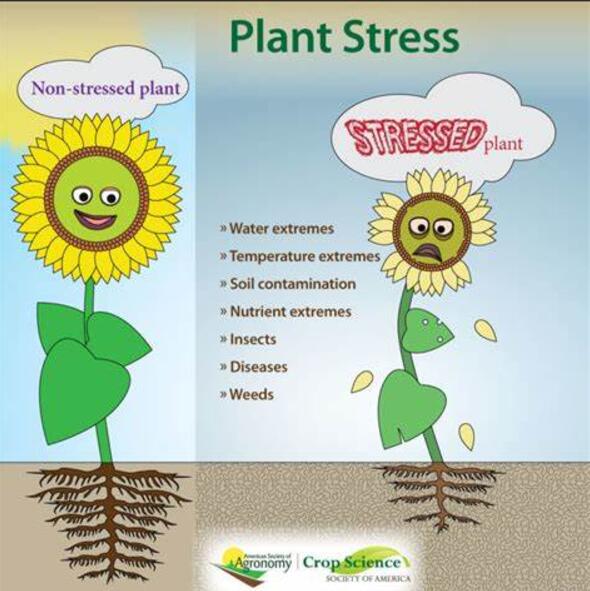Functional analyses revealed Pinus radiata CHLOROPLAST SENSOR KINASE as a key component in UV-B stress and development
IF 6.8
Q1 PLANT SCIENCES
引用次数: 0
Abstract
Deciphering pine response mechanisms to UV-B stress enhanced by climate change is crucial to establish damage-reducing strategies and avoid losses for forestry sector. In this study, CHLOROPLAST SENSOR KINASE from Pinus radiata (PrCSK), previously identified as a potentially relevant component in UV-B stress response using a systems biology approach, was sequenced and used to generate overexpression and RNAi Arabidopsis thaliana lines to carry out functional validation studies employing phenotypical, physiological, and metabolomic analyses. Results demonstrated CSK evolutionary conservation between A. thaliana and P. radiata and its involvement in growth, development, and UV-B response and tolerance. Notably, overexpression lines showed enhanced growth, photosynthetic performance, and stress resilience linked to efficient water and carbon use, as well as resilient and efficient carbohydrate metabolism. Conversely, amino acid metabolism was essential for plant recovery when cellular damage increased due to CSK down-regulation, which also resulted in severe growth retardation. Moreover, secondary metabolism, represented by the accumulation of phenolic compounds, was also modified according to CSK expression levels. Overall, these results propose PrCSK as a valuable biomarker to select tolerant trees to adverse UV-B environmental conditions expected in the coming years, and to increase pine biomass and production to meet current and future global demand of timber products.
求助全文
约1分钟内获得全文
求助全文
来源期刊

Plant Stress
PLANT SCIENCES-
CiteScore
5.20
自引率
8.00%
发文量
76
审稿时长
63 days
期刊介绍:
The journal Plant Stress deals with plant (or other photoautotrophs, such as algae, cyanobacteria and lichens) responses to abiotic and biotic stress factors that can result in limited growth and productivity. Such responses can be analyzed and described at a physiological, biochemical and molecular level. Experimental approaches/technologies aiming to improve growth and productivity with a potential for downstream validation under stress conditions will also be considered. Both fundamental and applied research manuscripts are welcome, provided that clear mechanistic hypotheses are made and descriptive approaches are avoided. In addition, high-quality review articles will also be considered, provided they follow a critical approach and stimulate thought for future research avenues.
Plant Stress welcomes high-quality manuscripts related (but not limited) to interactions between plants and:
Lack of water (drought) and excess (flooding),
Salinity stress,
Elevated temperature and/or low temperature (chilling and freezing),
Hypoxia and/or anoxia,
Mineral nutrient excess and/or deficiency,
Heavy metals and/or metalloids,
Plant priming (chemical, biological, physiological, nanomaterial, biostimulant) approaches for improved stress protection,
Viral, phytoplasma, bacterial and fungal plant-pathogen interactions.
The journal welcomes basic and applied research articles, as well as review articles and short communications. All submitted manuscripts will be subject to a thorough peer-reviewing process.
 求助内容:
求助内容: 应助结果提醒方式:
应助结果提醒方式:


